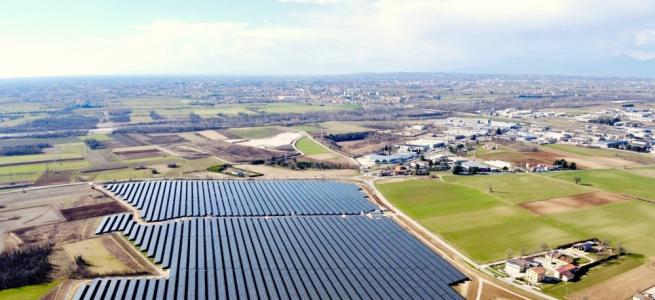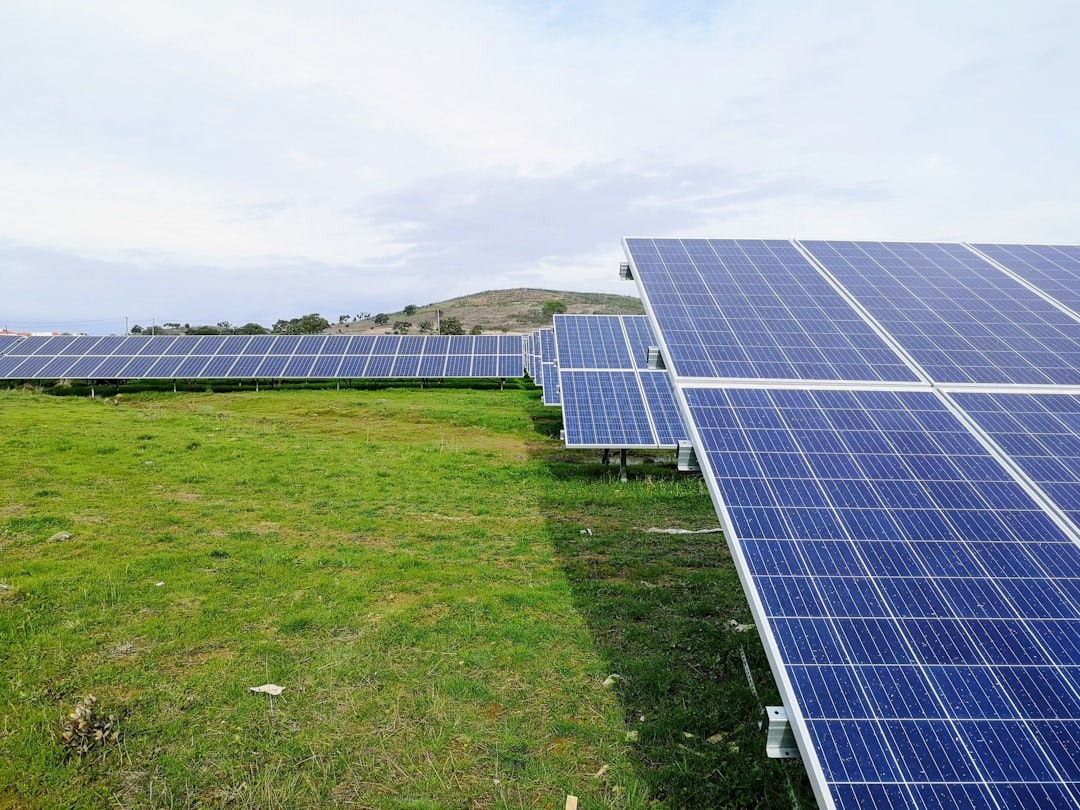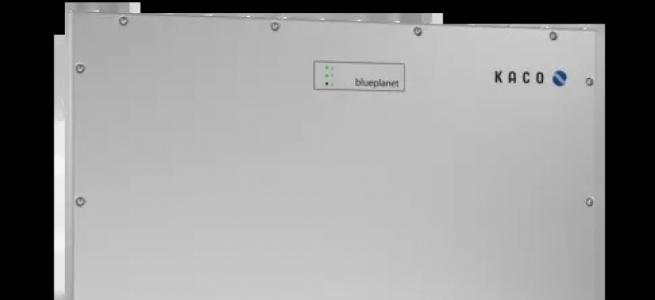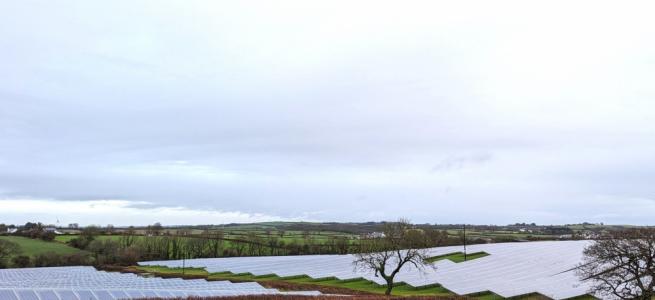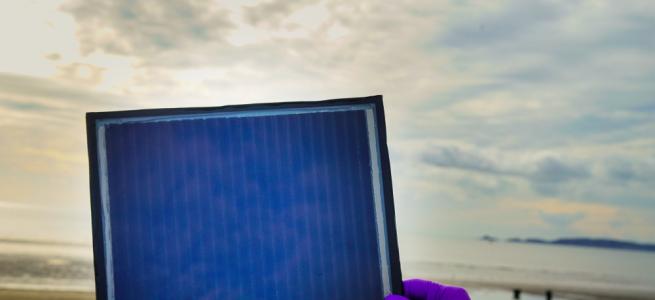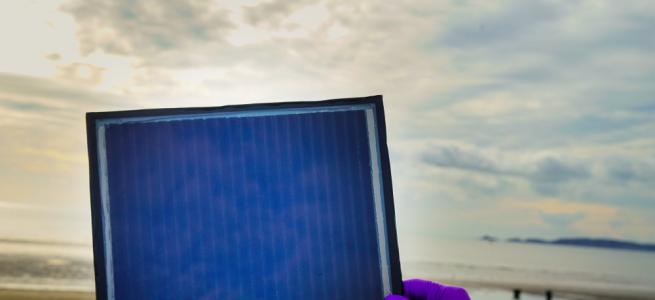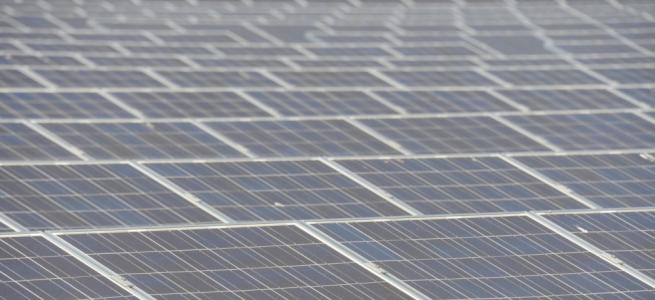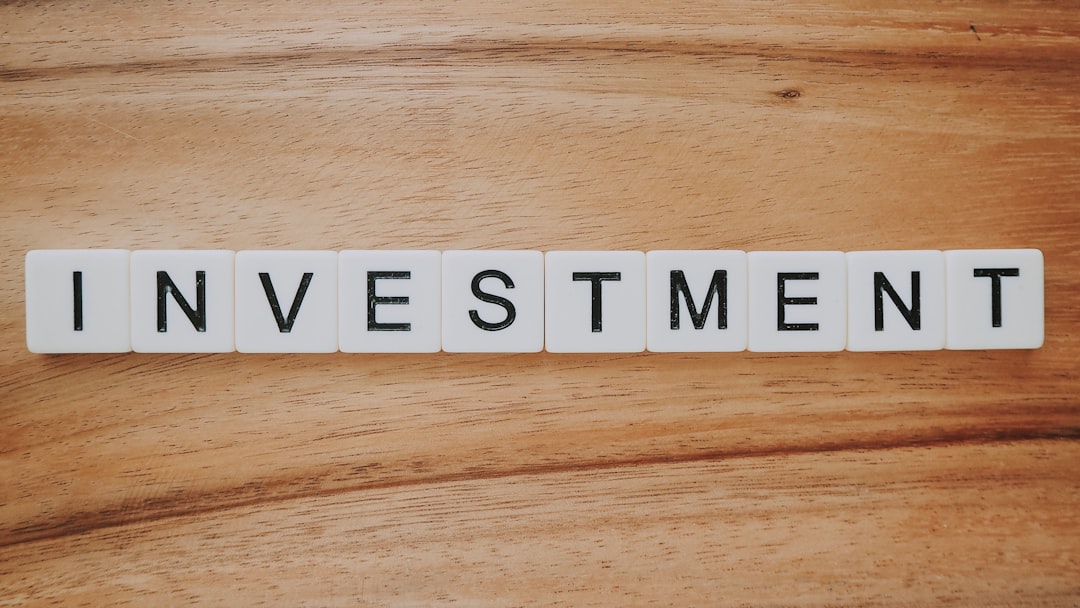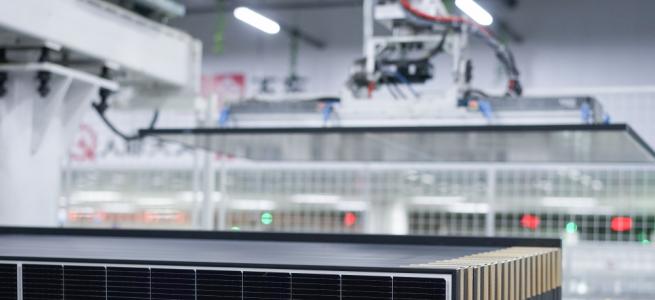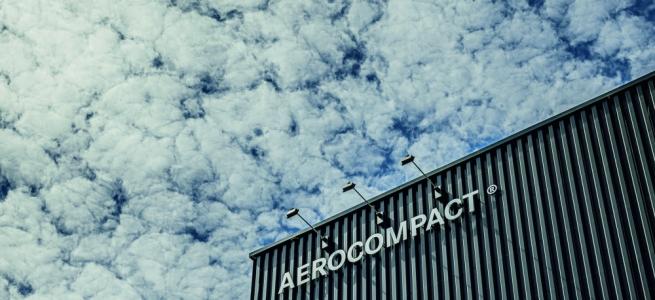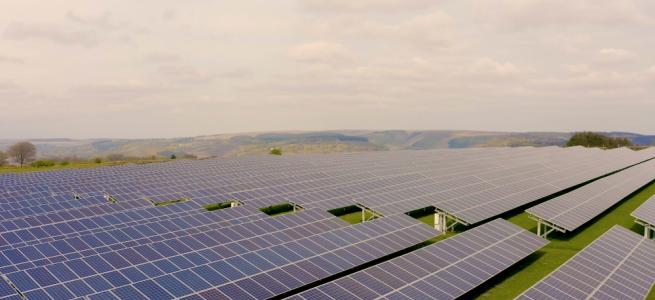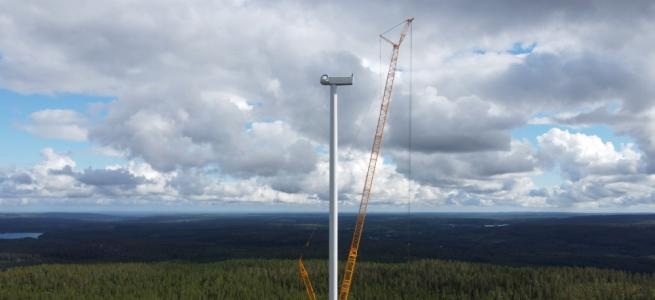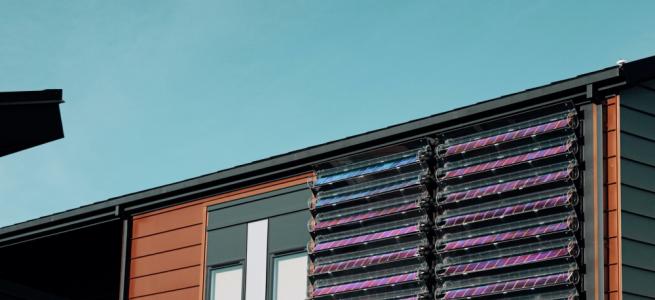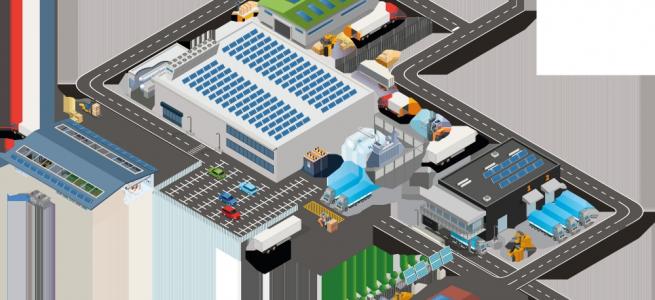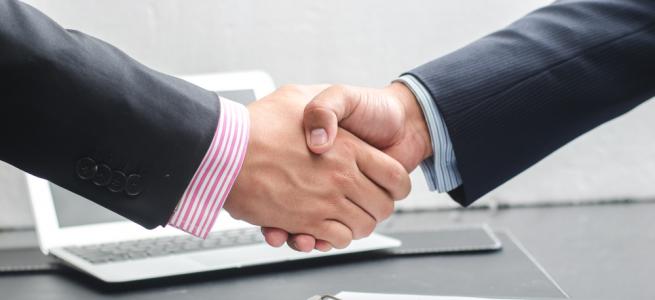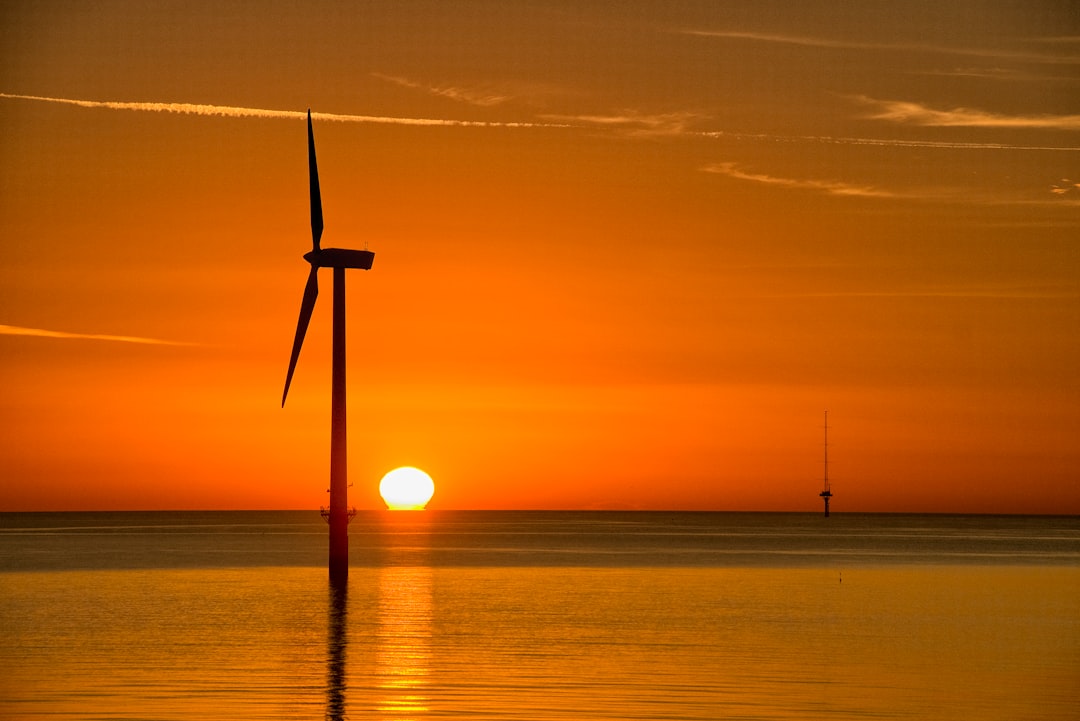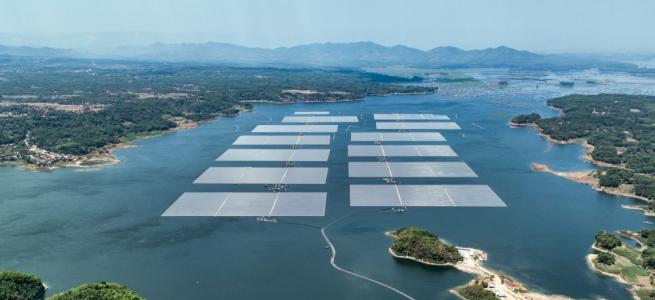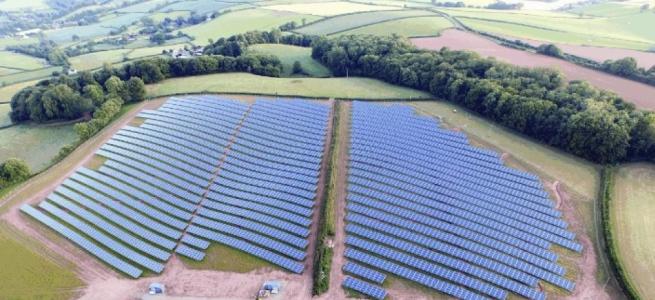From Good to Great: How to Build an Effective EV Charger With Intelligent Device Connectivity
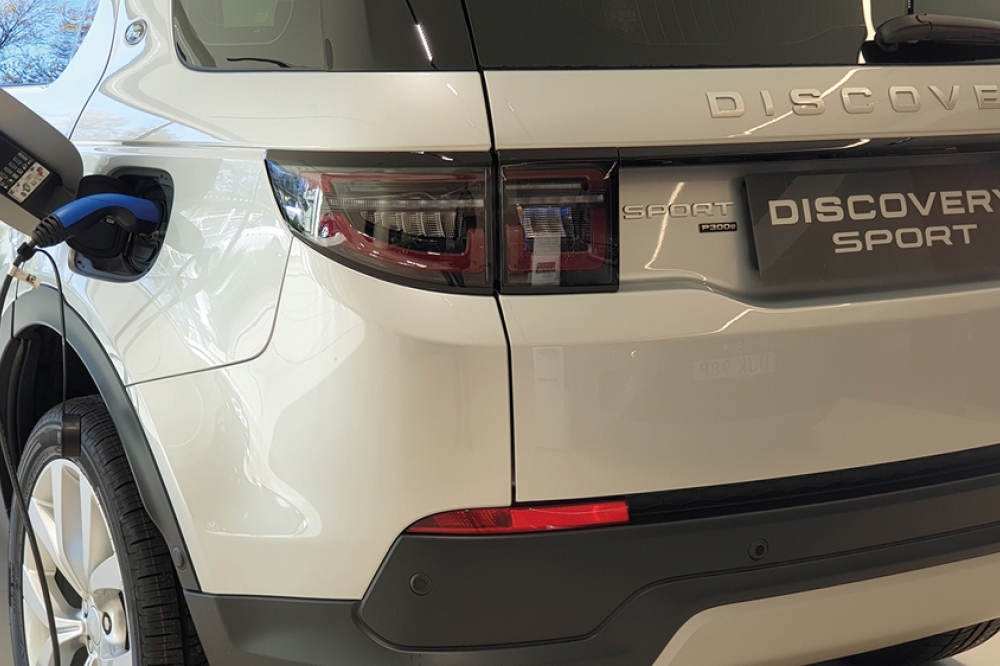
Near-100% connectivity has never been so critical for EV charge point operation. Businesses must stay ahead of the highly competitive technology and infrastructure curve in tomorrow's market. Embedding connectivity as an essential part of the EV design stage has countless benefits. Yet, many enterprises simply need to aim higher.
One lost customer per day could mean an opportunity cost of over £2,000 per year for a single charger. As charging networks scale up, the small losses accumulate into thousands; therefore, charge points can effectively lose millions of pounds in revenue for every minute they are not in use.
As the demand for more robust EV charging infrastructure increases and adoption grows, businesses that design EV chargers with connectivity in mind can gain an edge over their competitors. Reliable connectivity is vital to futureproofing a company in the long term. Although it is impossible to predict precisely what the future will hold, we know EV adoption is growing, and ambitious sustainability targets have been set. As the infrastructure scales, there will be a higher demand for resilient, global connectivity, real-time data, and intelligent IoT platforms to process complex analytics.
Safeguarding against design uncertainty and deploying connected EV chargers
Businesses should aim for connectivity that surpasses current consumer-grade standards, especially in the context of M2M or commercial IoT. While most people's experience with connectivity is through mobile SIM cards, this level of connectivity is only sometimes sufficient for industrial and commercial use. These sectors require more robust and sophisticated solutions to meet their unique needs and demands. However, businesses with EV charging models demand more powerful, more secure, and reliable connectivity, especially with IoT devices that rely on continuous connectivity.
When EV drivers need to identify themselves at the charge point with an RFID or credit card, connectivity should work instantaneously without taking a minute to re-establish a connection. A device with only 90% connectivity will require users to wait to reconnect for one in ten charges, causing delays and annoyance. However, a device with 99.8% connectivity will have the same wait just two out of a thousand times, which most will find acceptable.
Implement good connectivity by design
Hardware designers know that connectivity is the bottleneck in device design. But for a good reason. To create more advanced and efficient charging devices, EV companies must consider connectivity as a critical factor in the design stage. This includes incorporating device connectivity intelligence to optimise performance and reliability.
To ensure that IoT devices are designed not only to meet customers' evolving needs but are aligned with businesses' connectivity goals, device designers should carefully consider the optimal design, component, and technology configuration choices for charging devices. It has never been more vital that they work closely with an IoT partner on these critical elements, such as circuit design, component selection, implementation of OCPP protocols, cloud integration, and volume planning. By taking this approach, businesses can be confident that they are designing devices tailored to their customer's specific needs that deliver the desired results.
Technology that provides advanced connectivity features for EV chargers must include real-time monitoring, remote diagnostics, and over-the-air updates. By leveraging this technology, EV companies can ensure that their charging devices are equipped with the necessary connectivity intelligence to deliver optimal performance and reliability and keep pace with the market's evolving needs.
Consider deployment locations
EV chargers are static devices. Customers cannot move a charge point a few metres to achieve a better signal. At the same time, a mobile phone user knows that mobile networks have reception black spots. Hundreds and thousands of charge points nationwide on a single mobile network can result in 15-25% without a reliable connection.
One solution is to use a single eSIM technology through a partner who has agreements with all the major mobile network operators and who can manage the best option for each asset. This single 'intelligent' SIM can be inserted into the charger at the point of manufacture, creating a single product SKU, and then programmed to switch networks, either locally or remotely over the air, if the connection drops.
Aim for the best and prepare for the worst
Charge points should aim to have reliable connectivity. But no system is 100%, and they must reduce user impact and business risk when they go wrong. The first step is to minimise how often it goes wrong. The second is ensuring that the system recovers well if it fails to work. Therefore, a validation test that simulates the most disruptive network conditions is required to check how the system behaves and whether the system still functions acceptably to the user.
As with any connected device, security is critical. Connected charge points are complex systems. Once installed, it's widely expected that EV charge points will operate for 30 years. With that in mind, EV companies should consider how many resources they are prepared to invest in maintenance and troubleshooting connectivity. An EV charging system that can adapt to change is critical, and futureproofing how the device connects today and how it might connect tomorrow gives the business case the best chance of success.


